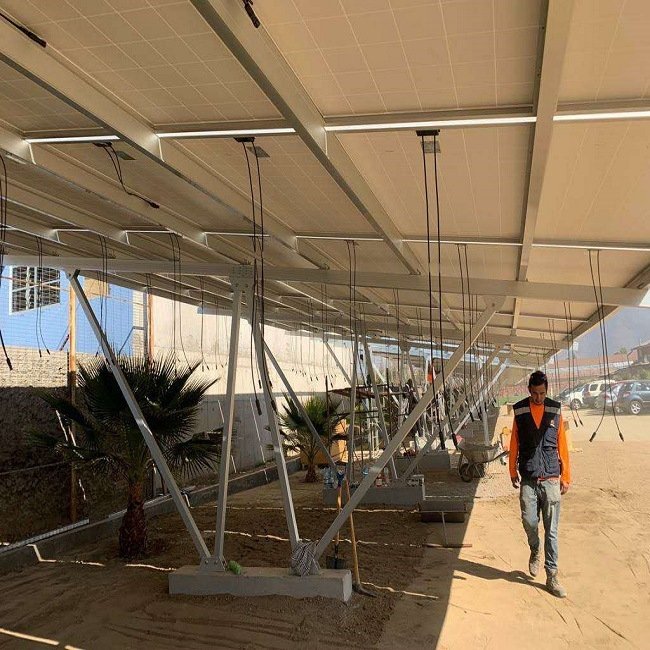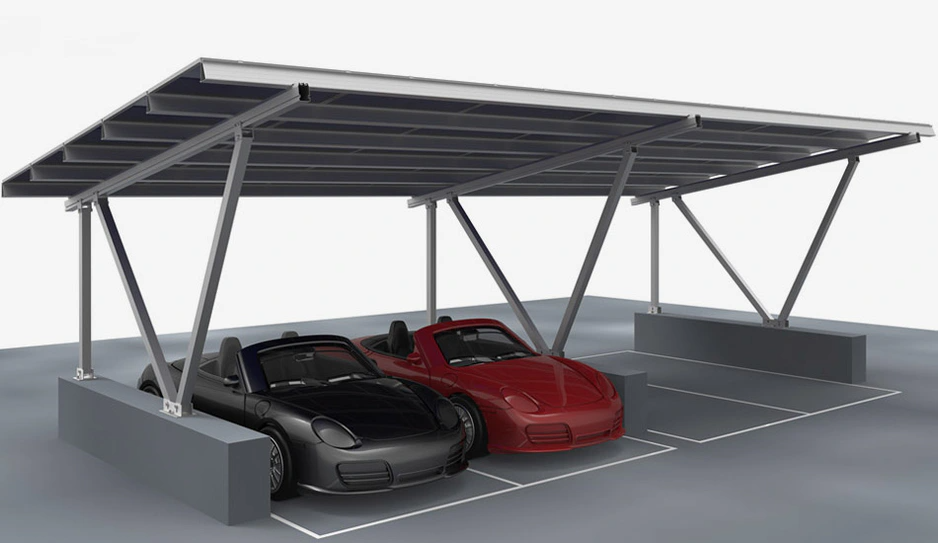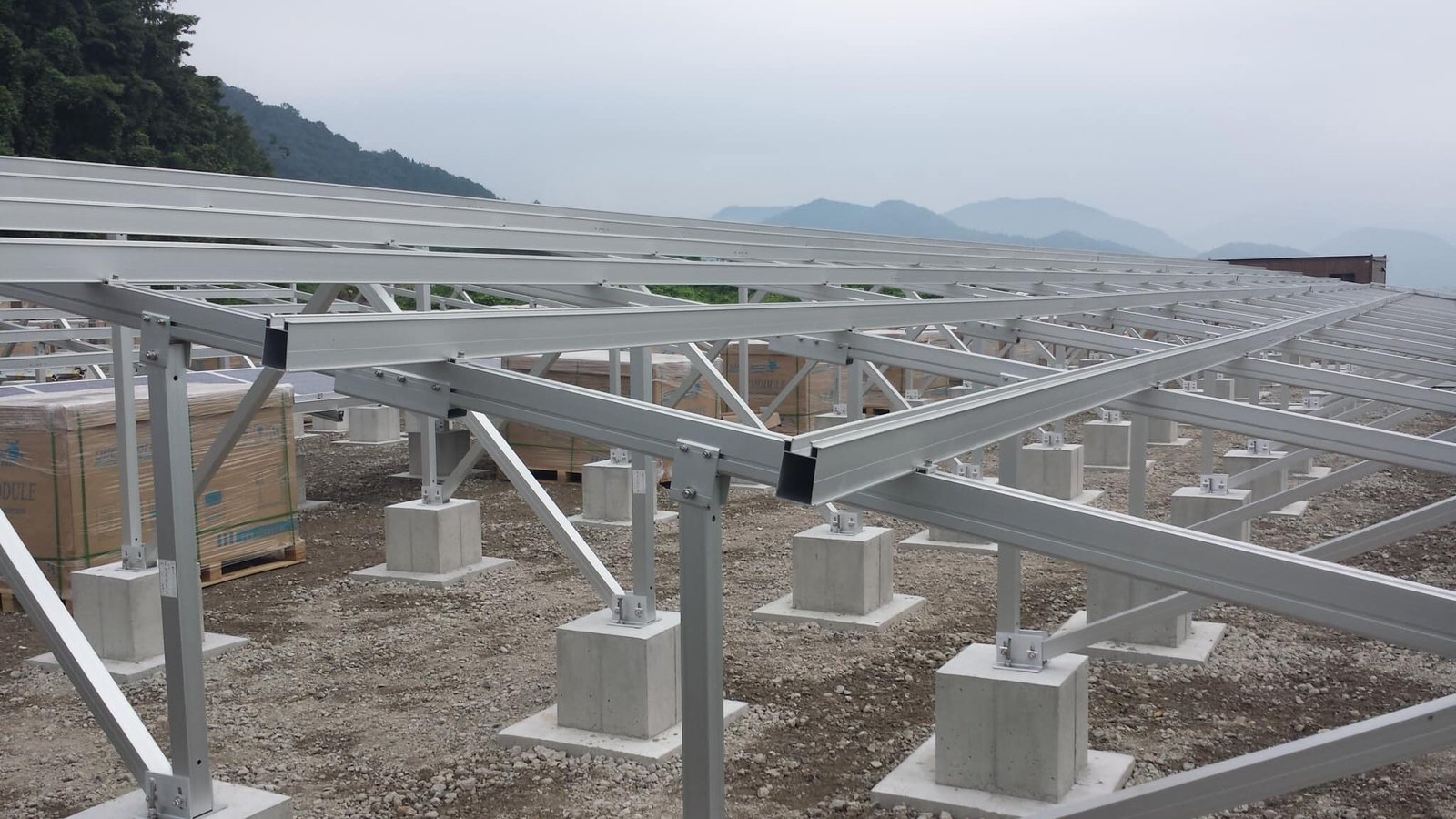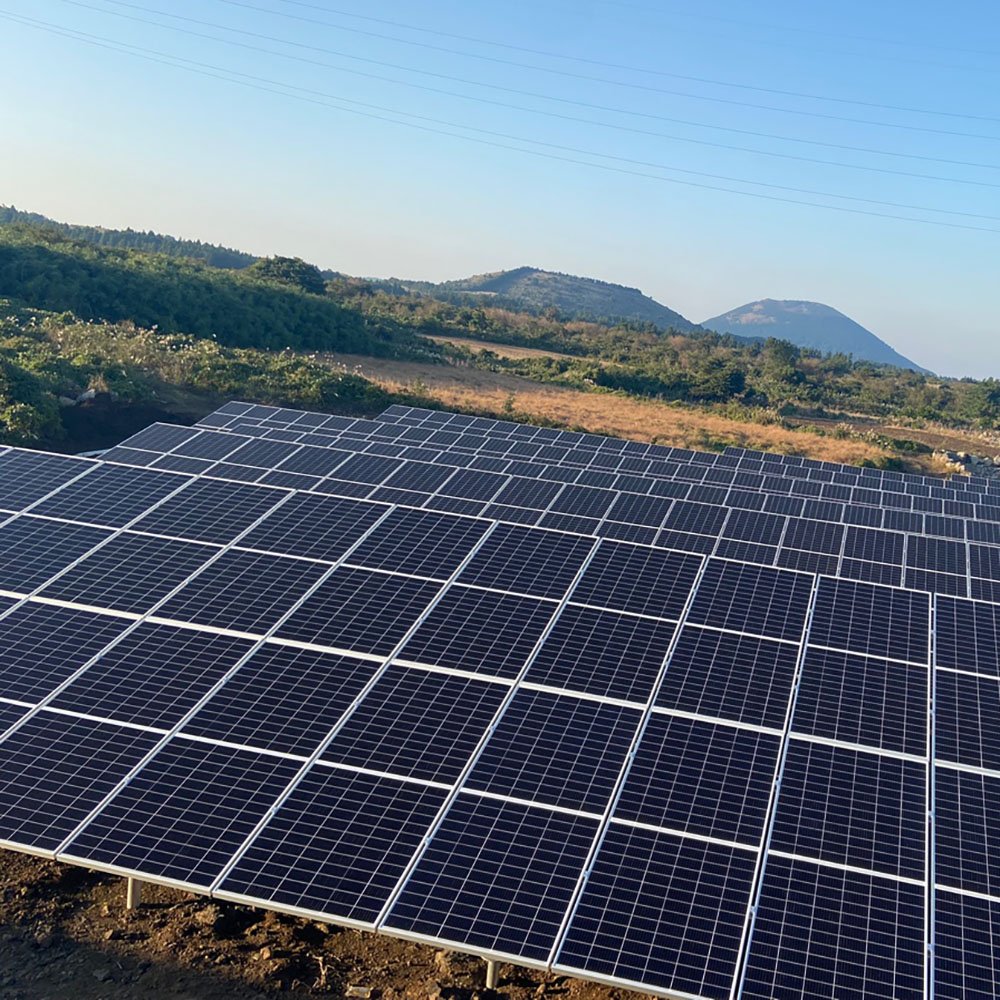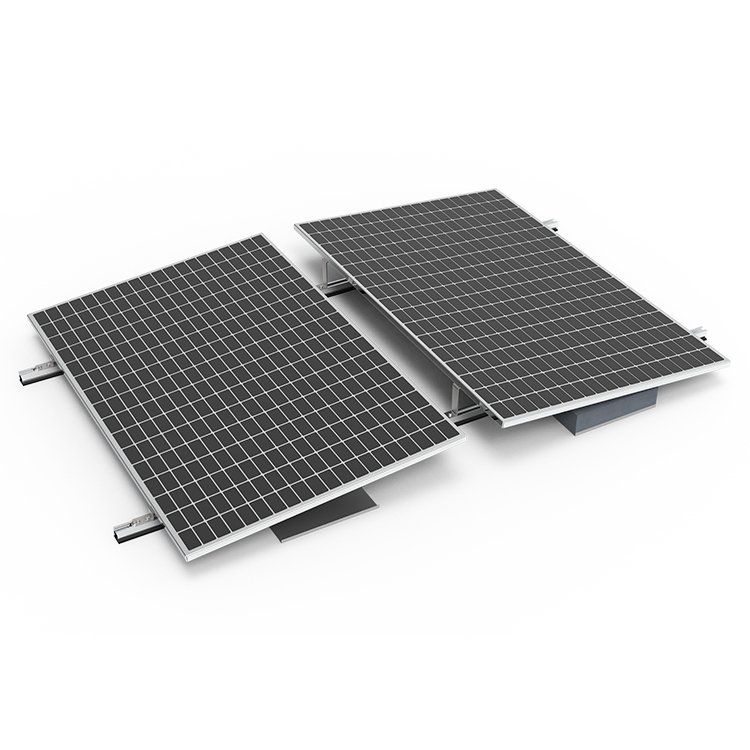-
2103 Room NO.322 Xinggang One Road,Haicang District,Xiamen Fujian,China
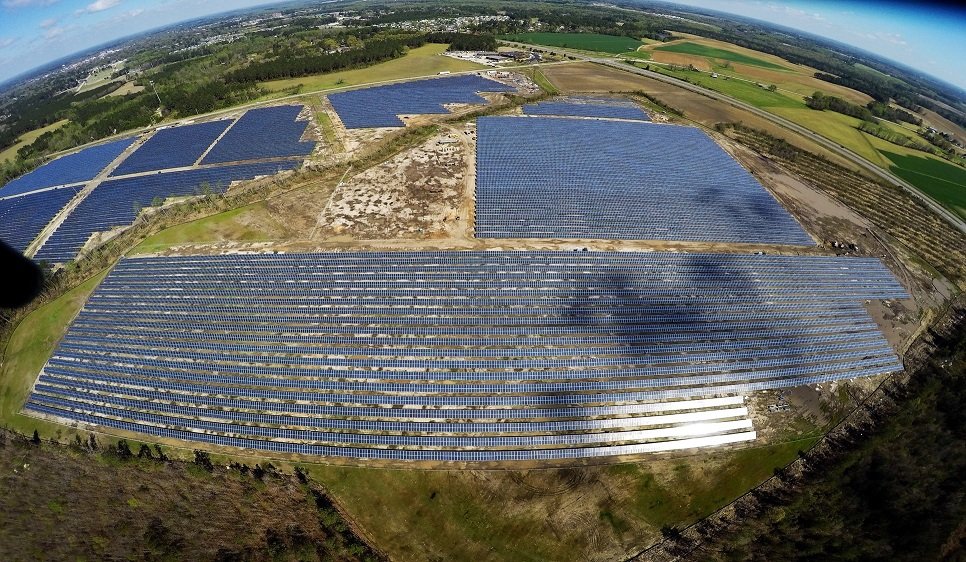
Design and Installation Best Practices for Sloped Ground Solar PV Systems
As solar energy continues to expand into diverse terrains, sloped land installations are gaining popularity due to land availability and improved sunlight exposure. However, sloped installations require careful planning, structural consideration, and effective risk mitigation strategies. Here’s a comprehensive look at the key engineering principles for designing and installing solar photovoltaic (PV) systems on sloped terrain, based on established guidelines and industry best practices.
Table of Contents
🌍 Applicability and System Scope
Sloped terrain solar PV systems refer to ground-mounted installations situated on inclined land. Key characteristics include:
- Foundation Types: Reinforced concrete shallow foundations or driven pile foundations.
- Mounting Structures: Steel or aluminum-based racking systems.
- Exclusions: Systems taller than 9 meters or using tracking mechanisms are not typically covered under standard sloped ground guidelines.
- Design Method: Based on allowable stress design principles.
- Applicable Slopes: From mild gradients (~2–3%) to steep slopes (≥30° and >5m high).
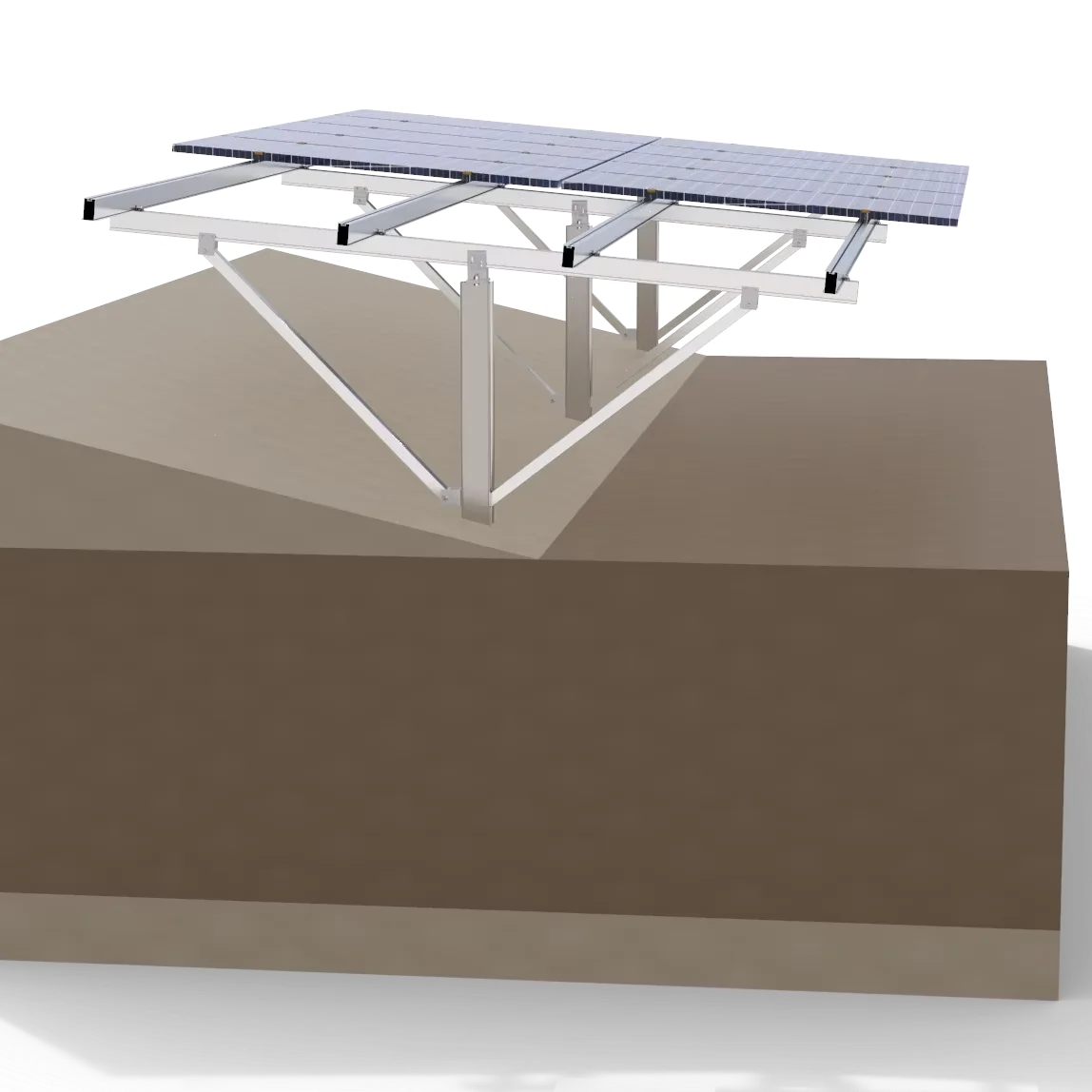
🧱 Site Investigation and Soil Considerations
Proper site evaluation is critical before construction:
- Desk Studies: Use available topographical maps, soil records, and rainfall data to assess basic site conditions.
- Field Surveys: Identify slope stability risks, water drainage patterns, and the presence of fill/cut soil formations.
- Expert Involvement: Engage geotechnical professionals for slope stability evaluation and hydrological assessments, especially in steep or erosion-prone zones.
🌧️ Drainage and Erosion Control
Water management is vital for both construction safety and long-term system stability.
- Drainage Planning: Implement surface drainage systems even on natural slopes. Ensure drainage design accounts for rainfall runoff from PV modules (C = 1.0 runoff coefficient).
- Erosion Protection: Address rain splash and gully erosion using slope protection methods such as:
- Riprap or turf reinforcement
- Retaining walls on critical slopes
- Detention Ponds: May be needed downstream to control runoff volume and prevent flooding.

🏗️ Grading and Construction Planning
Grading should be designed with stability and minimal environmental impact in mind.
- Slope Shaping: Adjust slope gradients and use berms or benches to reduce erosion risks.
- Vegetative Stabilization: Use native vegetation or erosion mats to stabilize exposed soil.
- Timing: Schedule construction during dry seasons to minimize slope failure and soil runoff.
🔩 Structural Design of Mounting Systems
- Load Considerations: Wind and seismic loads should be calculated according to local codes. In general, structures should withstand 50-year return period loads.
- Materials Selection: Use corrosion-resistant components such as galvanized steel or anodized aluminum, especially in high-humidity or coastal regions.
🛠️ Installation and Quality Control
- Construction Planning: Create detailed installation plans based on actual topographic and soil data.
- Site Documentation: Record progress with drawings and photos, especially for invisible works like foundations.
- Safety Measures: Comply with occupational safety laws, and manage slope-specific risks such as rockfall or landslides.
🔎 Operation and Maintenance (O&M)
Regular inspection and early intervention prevent small issues from escalating:
- Drainage Checks: Inspect for blockages, sediment accumulation, or damage in drainage systems.
- Slope Integrity: Watch for surface erosion, cracks, or groundwater seepage.
- Preventive Maintenance: Replace damaged slope protection materials and reinforce weak areas proactively.
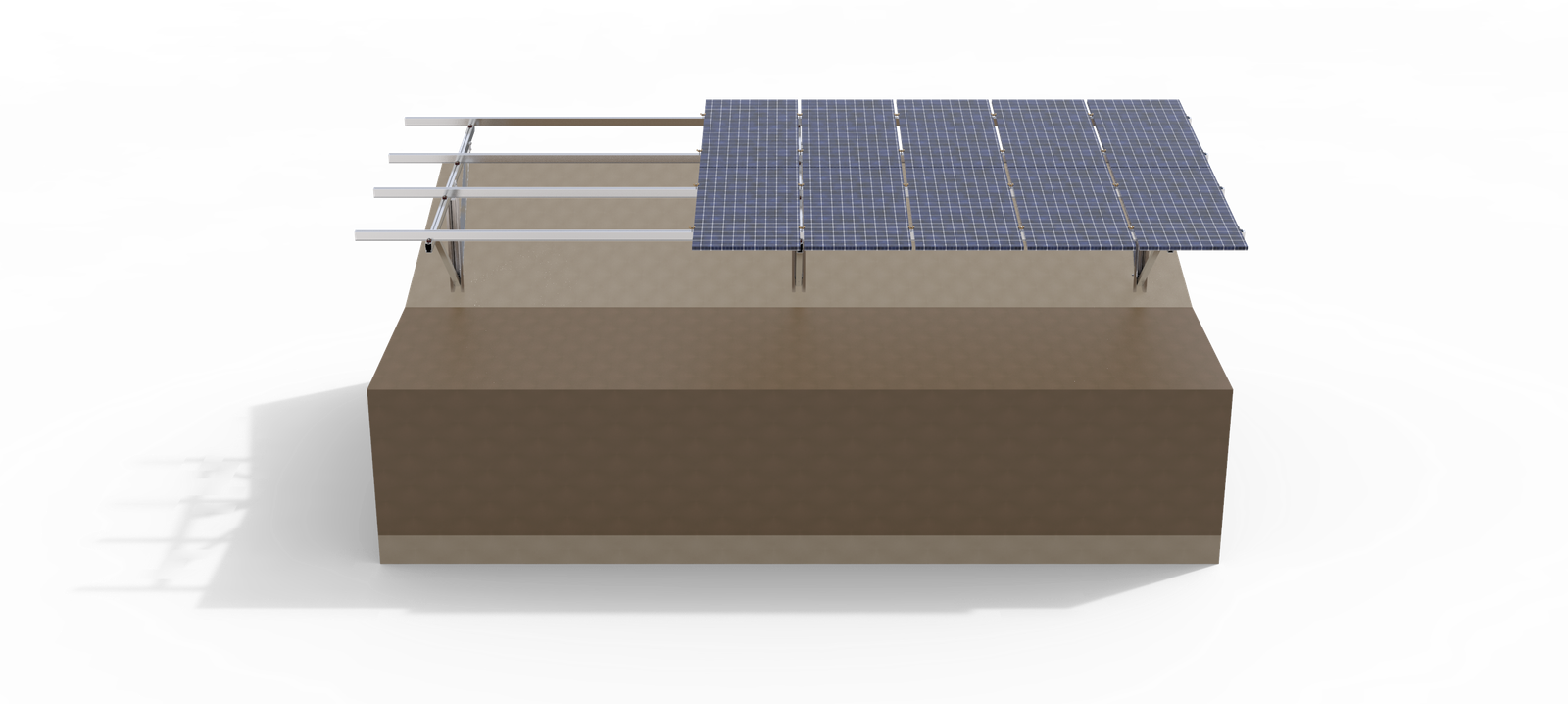
🌱 Environmental and Visual Impact
Sustainability goes beyond clean energy:
- Reflection Management: Design layout to minimize glare on neighboring properties.
- Visual Integration: Blend racking systems with natural surroundings using earth-tone materials or landscape buffering.
- Water Quality: Prevent muddy runoff during and after construction with filtration and sediment controls.
Final Thoughts
Sloped ground solar installations offer enormous potential, especially in regions with limited flat land. However, success hinges on thoughtful planning, technical expertise, and responsible site management. Whether you’re a developer, EPC contractor, or investor, adhering to these guidelines will help ensure not just structural safety but long-term operational reliability and environmental harmony.
🔧 Looking for customized racking solutions for your sloped terrain solar project? Contact us to explore design options that balance cost and strength through precise structural analysis.



